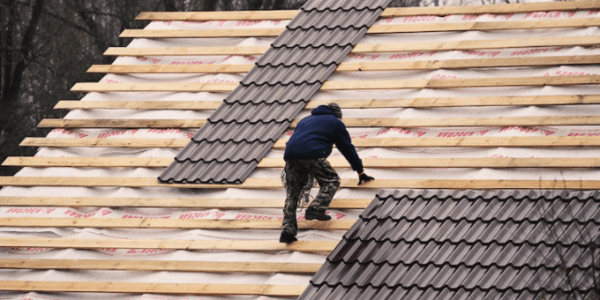When planning a roofing project, understanding the weight of roofing materials is crucial—not only for transportation and storage but also to ensure your structure can handle the load. One of the most frequently used roofing materials in residential construction is the asphalt shingle, typically sold in bundles. But exactly how much does a bundle of roofing shingles weigh?
Let’s explore the answer, the factors that affect this weight, and why it matters for your roofing project.
What Is a Bundle of Shingles?
A bundle of roofing shingles is a packaged unit of shingles, designed for easier transport and handling. Roofing shingles are commonly sold in bundles and squares:
- 1 roofing square = 100 square feet of roof coverage
- Typically, 3 bundles = 1 square
So, 1 bundle covers about 33.3 square feet of roofing area, though this can vary slightly based on the manufacturer and shingle type.
Average Weight of a Bundle of Shingles

The weight of a bundle depends on several factors, such as the type of shingle, material density, and design thickness. On average:
| Type of Shingle | Weight per Bundle (approx.) |
| 3-tab asphalt shingles | 45–60 pounds |
| Architectural shingles | 65–80 pounds |
| Heavy-duty architectural | 80–100+ pounds |
So, a bundle of standard asphalt 3-tab shingles usually weighs around 50–60 pounds, while architectural (dimensional) shingles weigh more due to their layered design.
Factors That Influence Shingle Weight
1. Material Type: Asphalt is the most common, but wood, metal, and composite shingles are available, each with unique weights.
2. Shingle Style:
- 3-tab shingles are lighter and thinner.
- Architectural shingles are thicker and heavier, offering better durability and wind resistance.
3. Moisture Content: Shingles stored in damp conditions may absorb moisture and weigh more.
4. Manufacturer Specifications: Brands and product lines vary. Always refer to the product label for exact weight.
Why Shingle Weight Matters
- Transportation & Delivery: Knowing the weight helps plan for shipping costs and vehicle load capacity.
- Roof Load Capacity: Older homes or sheds might not support heavier shingles. Overloading can cause structural stress or sagging.
- Roofing Labor: Heavier shingles may require more labor effort and time, especially on steep slopes or larger projects.
- Cost Estimation: Weight can affect overall pricing—heavier shingles may cost more in both material and labor.
Quick Example
If your roof is 1,000 square feet and you’re using architectural shingles:
- 1,000 sq ft = 10 squares
- 10 squares x 3 bundles = 30 bundles
- 30 bundles x 70 lbs (avg) = 2,100 lbs total
That’s over a ton of roofing material, so always plan accordingly!
Conclusion
A bundle of roofing shingles can weigh anywhere between 45 to 100+ pounds, depending on the type and thickness. Understanding the weight is important for safe installation, budgeting, and structural planning. When in doubt, always check the manufacturer’s specifications or consult a roofing professional to ensure your project is built on a solid (and properly supported) foundation.

